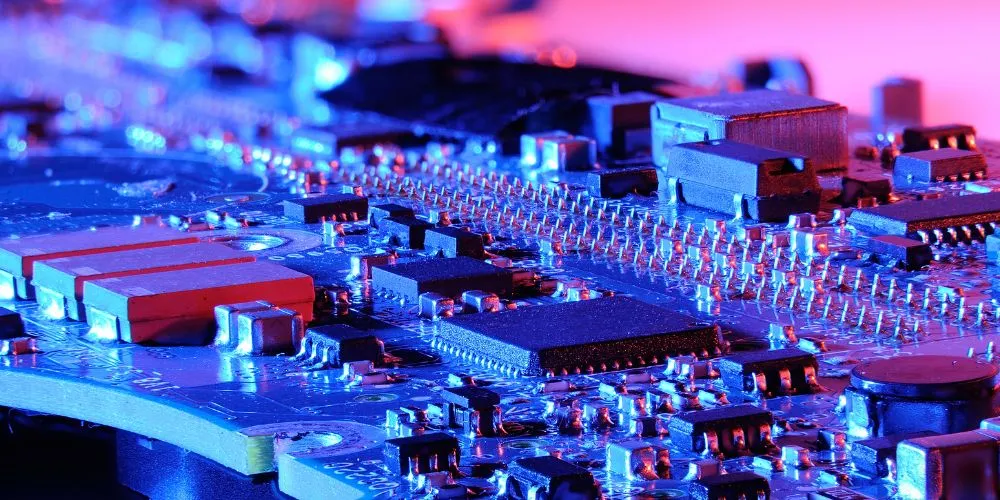In the intricate ecosystem of electronic devices, microcontrollers quietly play a pivotal role, serving as the unsung heroes behind the functionality of countless gadgets that permeate our daily lives. These compact, integrated circuits act as the brains of electronic systems, orchestrating a symphony of operations that power everything from household appliances to sophisticated industrial machinery. As we navigate the digital landscape, it’s essential to appreciate the profound impact of microcontrollers on the modern world.
At their core, they are miniature computers embedded within electronic devices equipped with a processor, memory, input/output peripherals, and programmable logic. Unlike general-purpose computers, microcontrollers are specifically designed for certain tasks and are often programmed to execute predefined functions. This specialization makes them highly efficient for applications where size, cost, and power consumption are critical considerations.
One of the defining characteristics of microcontrollers is their versatility. They are the essential components in devices ranging from simple household gadgets, such as microwave ovens and washing machines, to complex systems, including automotive engine control units and medical devices. Integrating computing power into various applications has democratized technology, enabling innovations that touch every aspect of our lives.
The Internet of Things (IoT) owes much of its functionality to microcontrollers. These tiny chips are the driving force behind smart thermostats, wearable devices, and interconnected home automation systems. It facilitates communication between devices, sensor data processing, and command execution, creating a seamless network of interconnected smart devices.
Microcontrollers are renowned for their power efficiency, making them ideal for applications where energy consumption is a critical consideration. Many battery-powered devices, such as fitness trackers and remote sensors, rely on microcontrollers to strike a balance between computational capabilities and energy conservation. This efficiency extends the operational life of battery-powered devices and reduces the environmental impact of electronic waste.
Despite their ubiquity, they often operate behind the scenes, hidden within the casing of devices where their presence goes unnoticed. Their impact, however, is undeniable. The automotive industry relies heavily on microcontrollers for engine control, safety features, and entertainment systems. Similarly, industrial automation utilizes these miniature computers for precision control, monitoring, and data acquisition.
The field of robotics is another domain where microcontrollers shine. From the simplest robotic toys to sophisticated industrial robots, these chips provide the necessary intelligence to control movements, process sensory input, and execute predefined tasks. Their role in robotics extends beyond hardware control, including interfacing with external devices and facilitating communication in a networked environment.
As technology continues to advance, the capabilities of microcontrollers expand. Integrating artificial intelligence and machine learning into microcontroller designs heralds a new era where these unassuming chips become even more adept at processing complex information, making decisions, and adapting to dynamic environments.
The approximate decision of the Techgolly market research team is that the global Microcontroller market size was valued at least USD 35 billion in 2023 and is projected to reach up to USD 68 billion by 2030. The growth is expected to continue at a compound annual growth rate (CAGR) of 8% to 10% from 2023 to 2030.
Conclusion
Microcontrollers stand as the unsung architects of the digital world, quietly empowering the devices that have become indispensable in our daily lives. Their compact size, efficiency, and versatility make them the cornerstone of modern electronics, driving innovation across industries and shaping the trajectory of technology. As we marvel at the gadgets that define our digital age, it’s worth remembering the silent yet profound influence of these miniature computing marvels.










